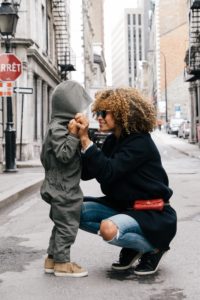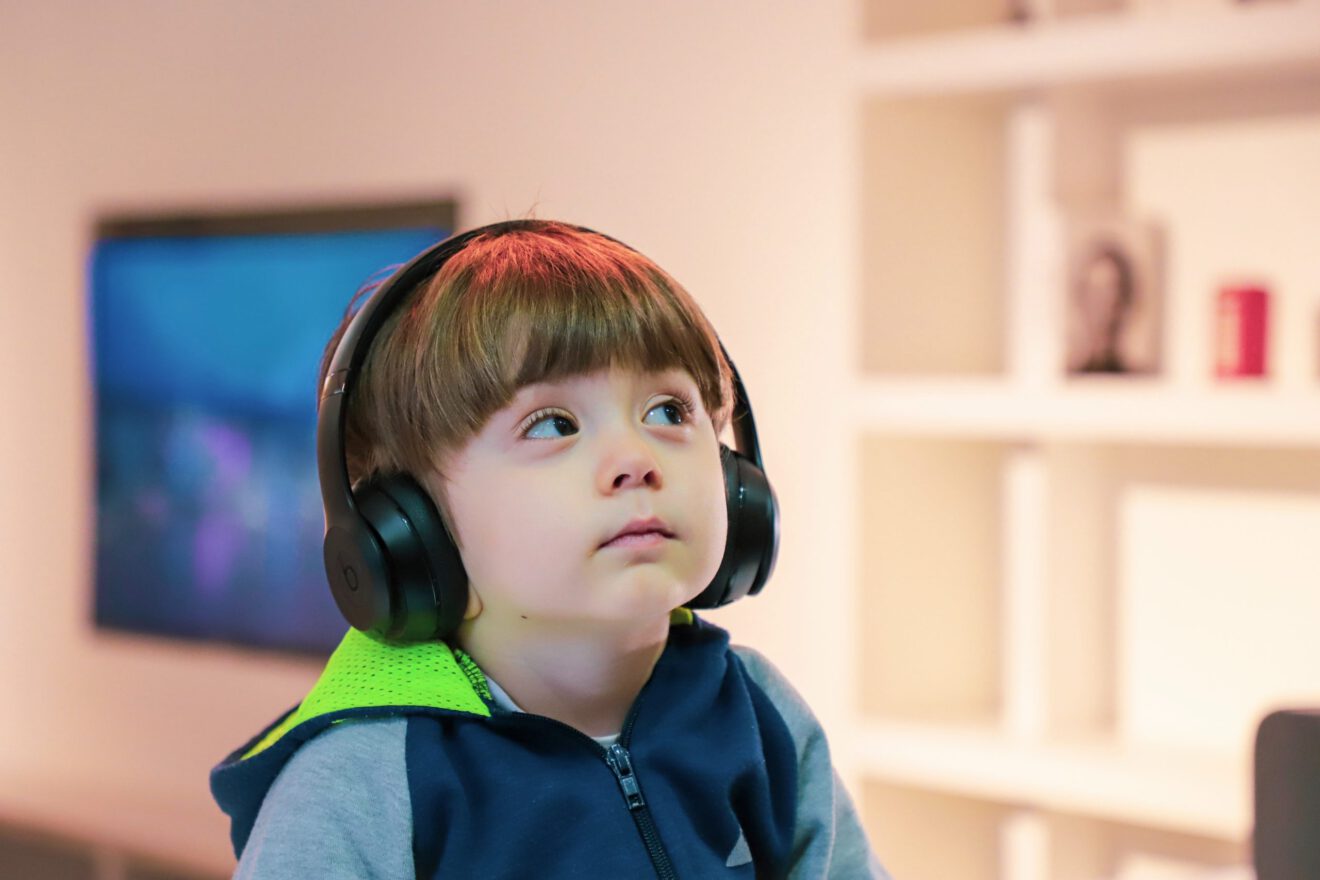During a long career teaching students with cognitive disabilities, I learned how fulfilling it is when a teacher and a student begin to truly understand each other. That understanding can grow into a relationship marked by trust, acceptance and improved education outcomes. I also learned that it is necessary to prepare for communication challenges in the exceptional education classroom, especially if students are unable to produce or respond to verbal cues.
The question is how best to meet those challenges. As any educator knows, each student is different, each classroom dynamic is different and, if there is a formula for success, nobody has found it yet. However, there are shortcuts to take and pitfalls to avoid in creating the kind of classroom you want. Thirty years of experience in the field have led me to these five simple, effective strategies teachers can use to help students with disabilities feel respected, supported and engaged.
Get to know the parents
Exceptional education teachers should not overlook perhaps the most powerful resource they have available to them: students’ parents. You do not have to start from square one in gaining insight into the mental and emotional processes of learners — parents have been gathering that information since the day their child was born.

It can be valuable to set up time to talk with each student’s parents before classes begin so you can ask questions about the student’s likes and dislikes, communication patterns, learning goals and preferred rewards. Take notes and start to build a student profile that can guide you later in catering to students’ individual learning styles.
Also, having a relationship with parents is beneficial as class progresses. This way, if a student achieves a goal or takes an exciting new step, for example, parents will appreciate hearing about it from you through the channels of communication you have opened together.
Get to know the student
The next step is to establish a relationship with students. Taking time to talk to them one on one, whether after class or during a classroom activity, will help you start to build trust and respect. Eventually, making those bids for connection will allow you to decode students’ emotional signatures, and you will have an easier time discerning whether they are happy, sad, interested or not feeling well.
Each student has their own operations manual. Once you memorize it and apply it, you will begin to see improvements in your relationship with them.
Personalize your teaching style
All kinds of teachers can facilitate better learning through personalized adjustments to their teaching style. In exceptional education, where students’ information processing is often sensitive to changes in routine, personalized support is all the more important. Whether your students learn best through auditory, visual or kinesthetic stimuli, or a combination, you can help them get more out of each lesson by playing to their strengths.
Also, find out if additional support is available in your school and, if so, how to get students with disabilities involved. Some schools offer resources that may enhance students’ learning styles. Partners in Physical Education, for example, is a program in which student volunteers help guide peers with disabilities through physical movements for the purpose of embedding functional motor patterns and increasing kinesthetic awareness (and having fun, of course).
Create an accepting community
In an exceptional education classroom, you will face challenges that might not come up elsewhere. Many students with disabilities have trouble recognizing social cues, and they may experience emotional outbursts in times of stress or anxiety, or become physically aggressive.
Responding to these situations with patience, compassion and level-headedness can produce great rewards. Striving to respond to students’ emotions in this way builds trust and moves you toward the goal of creating a tight-knit classroom community where students feel safe to allow their best selves to come forward.
Build a solid routine
Most students with disabilities prefer a consistent routine to reduce stress and keep them on track. Knowing what’s expected of them every day can help them build confidence and work toward independent learning. However, no two students have the same routine, so you will have to draw on your knowledge of their personalities and learning tendencies to create a classroom that fosters their success.
For example, some students will want to eat lunch in the cafeteria, while others will want to stay in the classroom. Some may want to attend physical education class, and others won’t. Part of your job will be balancing these differences against the need to provide enough individual attention to students.
By implementing these strategies in your classroom, you can set the stage for learners of all kinds to succeed. The end result is an environment conducive to your students’ development and well-being: a classroom where you and they learn and grow together.
Susan Engelhart is a former special education teacher of more than 30 years and a current substitute teacher in special education classrooms for ESS, an education talent and management solution for K-12 school districts.
_______________________________
Subscribe to SmartBrief’s FREE email newsletter to see the latest hot topics on Special Education. It’s among SmartBrief’s more than 250 industry-focused newsletters.
